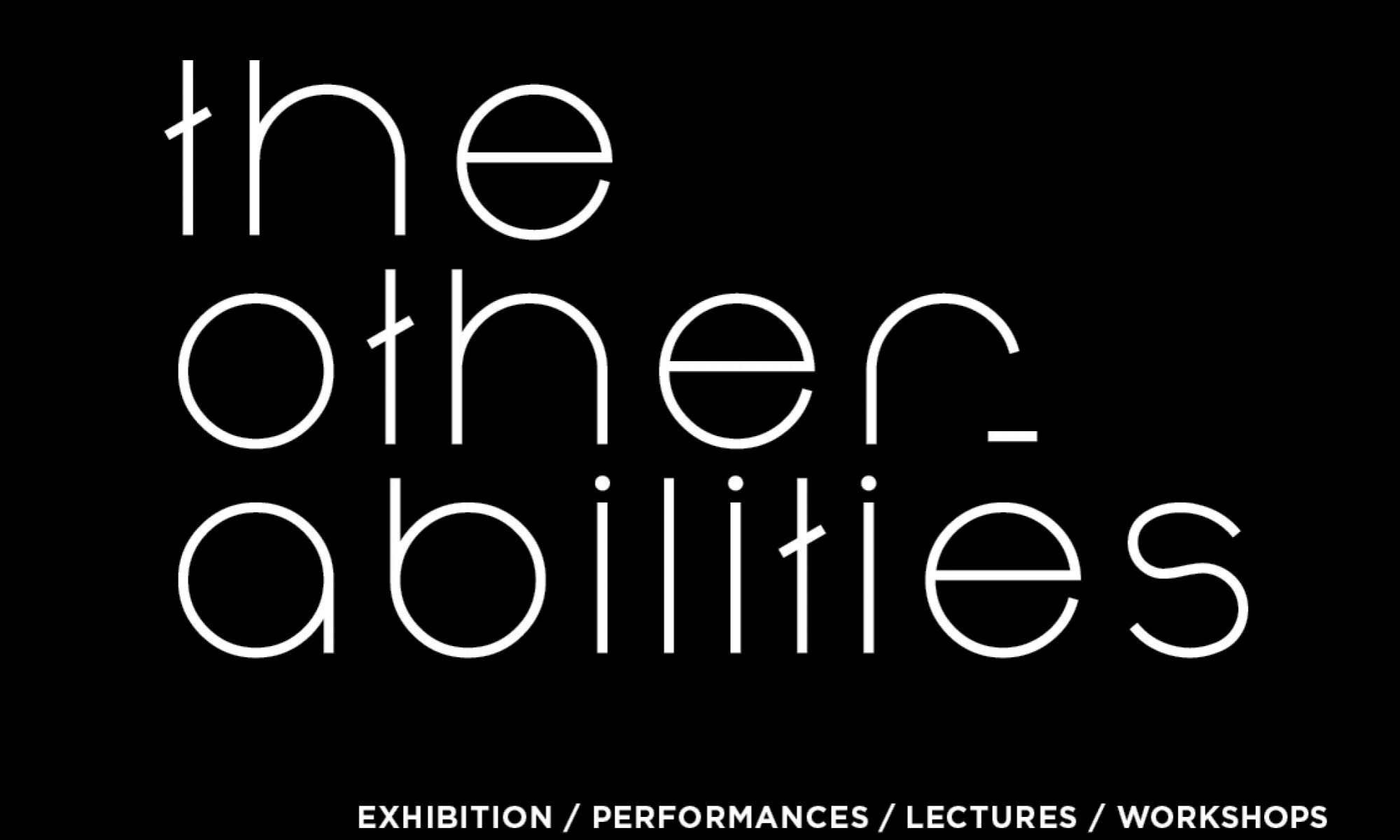What does it mean to translate an artwork to another sense? What is the difference between a
description or explanation of an artwork and actually sensing the artwork through another
sense with the help of technology? Is it possible to create an alternative way of experiencing
artworks by transferring this experience between different senses, inspired by the transfer of
linguistic and cultural meanings between different languages in the practice of translation?
This research project is a multinational collaboration to explore formative and theoretical
questions of accessibility and inclusivity through sensory translation in the exhibition of art.
The initiators will work with various individual and institutional partners on this long-term
project wherein artistic and theoretical research feed one another continuously, and where the
aesthetic and conceptual autonomy of artistic research (translation between the senses) meets
the social purposefulness of speculative design (redesigning accessibility in art exhibitions).
Our aim with this research is to develop and disseminate possible future solutions to present
artistic work in an inclusive and perspective-shifting manner. By “inclusive” we refer to
making works accessible to audiences with physical impairments. “Perspective-shifting”
refers to modes of interpreting (for creators) and experiencing (for audiences) art that, in
addition to enabling access for these particular audiences, also open up new creative,
aesthetic and theoretical challenges in exhibiting art for any artist, curator and visitor. We
work in two parallel paths towards realizing this vision:
a book publication and a series of collective research projects and their application in ‘capsule exhibitions’.
Book:
Over the next few years we will work on a book about the future of artistic presentation practice, focused on creative visions and practical options to make and present art through sensory translation. This book will include theory, our own research, and input from across the field, considering the incumbent consequences and opportunities that arise from technological and social developments.
More specifically, this publication will document both our theoretical research into translation between the senses, together with
and of using (technological) tools for this translation in the future of the presentation of art.
texts derived from, and reflecting on, the
practice-based research we will carry out, and observation of our interactive presentations
(see ‘Collaborative Research & Capsule Exhibitions’ below). Through a survey of the field,
we want to bring a concept of translation to bear on the visions and fantasies of designers,
artists, architects, and other makers. We will assemble and contextualize their conversations,
research and fantasies, imagining the possibilities for shifting between movement, sight and
acoustics,
Parallel to this, we will look into thinkers who reflect upon the meaning and operations of
translation. Just like complete and unaltered translation between languages is an essentially
impossible task, we acknowledge that we cannot re-create identical experiences across the
senses. Yet the impossibility of the single perfect translation opens up the way for
experimentation, potentially offering an intellectually and aesthetically challenging
experience in another ‘language’ or sense.
Through this diverse and in-depth exploration of ideas and experiences, we want to create
space and initiate a discussion around new ways of experiencing and translating senses in the
arts. This includes thinking about: questions around inclusiveness; modes of re-presenting
and interpreting artworks; the ideology of the original and unique artwork versus art as a
practice and an apparatus for experimental and mind-shifting approaches to the world
(inspired also by Marcel Duchamp); the function of the museum as a space that hosts art; and
how to create a space for new, individual artwor
“translation of senses” as part
of their conceptual and practical goal.
prototypes of technologies that make it possible to take input from one or more senses and express it in another sense. For example, these tools could be
physical elements in the exhibition space which transform sound vibrations into tactile vibrations (see ‘What do I Hear’ below).
The results of each research investigation will be presented to the public in ‘capsule
ks that include
Collaborative research & Capsule exhibitions:
To identify possibilities and to formulate concrete proposals for other ways of facilitating
inclusiveness and accessibility, our plan is to realize a wide range of research and practical
applications through design, technology, testing, and studying audience interaction. In the
next four years, two to three collectives of artists and scientists will come together to explore
questions around translation between the natural senses and the possibilities this opens up for
alternative experiences of existing artworks. To achieve this, these collectives will create
‘tools’ for sensory translation –
exhibitions’. These exhibitions are small presentations based around a single artwork or
group of artworks which are displayed and ‘translated’, demonstrating the capabilities and
potential of the sensory tools in practice.
For some capsule exhibitions we will apply our experimental technologies on existing
artworks; for others we will take existing artworks as departure and inspiration point to
develop technologies; and in other ones, new artworks will be created and presented with
translation between the senses as their main concept. The choice between these options will
differ each time depending on the collective decision of the involved individuals and
collaborating institutional subjects. Ultimately, all outcomes will enable experiences of
existing and new artworks that broaden accessibility, including for audiences whose physical
impairments usually limit their possibilities to experience sound, visual or spatial forms of
art.
Our long-term vision and intention with this project is to create technological tools and methods of exhibition design, that in the future could inspire and be used by artists, designers, dancers, musicians or cultural institutions, opening up new opportunities in creative expression through the senses, and which will also facilitate alternative, speculative ways of thinking about art and how it is exhibited.
